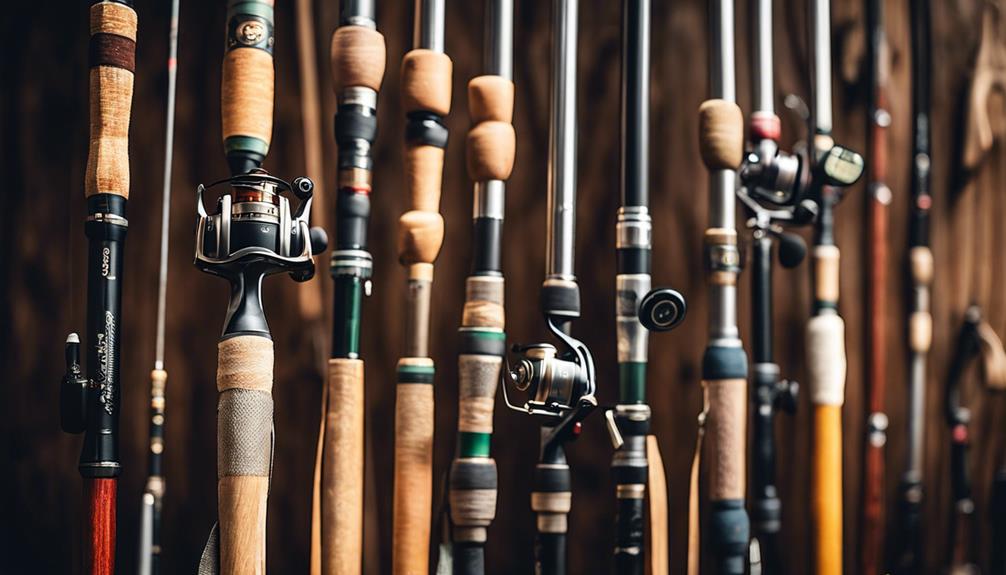Fly fishing for carp is an exciting and rewarding experience that combines the thrill of catching one of the most challenging freshwater species with the art of fly fishing. Carp are often regarded as a nuisance fish, but they provide a unique challenge for anglers looking to hone their skills. This guide will explore the essential techniques, equipment, and strategies to help you succeed in fly fishing for carp.
Understanding Carp: The Target Species in Fly Fishing
Carp are large freshwater fish found in various habitats, including lakes, rivers, and ponds. They are known for their fighting spirit and impressive size, making them a popular target for fly fishermen. Understanding the behavior and feeding patterns of carp is crucial for successful fly fishing. Carp are opportunistic feeders, often foraging along the bottom for plants, insects, and crustaceans. They exhibit a range of feeding behaviors, from surface feeding to bottom rooting, which can influence your fly choice and fishing strategy.
The Best Locations for Fly Fishing for Carp
When it comes to fly fishing for carp, choosing the right location is key. Carp thrive in warm, shallow waters with plenty of vegetation. Look for areas with structures like submerged rocks, weed beds, and fallen trees. Lakes, rivers, and slow-moving streams are excellent places to target carp. In urban areas, carp can often be found in parks and ponds. Scout the water for signs of carp activity, such as surface disturbances or mud clouds, which indicate feeding behavior. Identifying the right spot can significantly increase your chances of landing a trophy carp.
Essential Gear for Fly Fishing for Carp
Having the right gear is crucial for success in fly fishing for carp. A weight-forward floating line with a 7 to 10-weight rod is recommended, providing the necessary strength and sensitivity to handle larger fish. Pair your rod with a reel that has a reliable drag system. Tippet strength is also important; a 10 to 15-pound test is ideal for carp fishing, as these fish can put up a strong fight. Additionally, using a leader with a length of 9 to 12 feet will help you present your fly delicately, minimizing the chances of spooking the fish. Don’t forget to bring a selection of flies designed specifically for carp, such as woolly buggers, crayfish patterns, and topwater poppers.
Best Flies for Carp: Attracting Your Target
When it comes to fly fishing for carp, the right fly can make all the difference. While carp can be picky eaters, they are also curious and opportunistic. Some of the best flies for carp include:
1. Woolly Bugger: This versatile fly mimics a variety of prey and can be fished at various depths.
2. Crayfish Patterns: Crayfish are a favorite food for carp, especially in areas where they are abundant.
3. Topwater Flies: Poppers and mouse patterns can entice carp when they are feeding on the surface.
Experimenting with different colors and sizes can help you determine what carp in your area are feeding on. Pay attention to the water conditions, as bright colors may work better in murky water while more natural hues can be effective in clear water.
Techniques for Effective Carp Fishing
There are several techniques to employ when fly fishing for carp. One effective method is sight fishing, where you look for feeding carp and cast your fly directly to them. This requires patience and stealth, as carp can be easily spooked. Another technique is to fish in areas where carp are actively rooting in the mud, as they are often more focused on feeding than on potential threats. You can also try a slow retrieve with a slight twitch to imitate natural movement, enticing the carp to strike. Lastly, don’t hesitate to experiment with different fishing depths and retrieves until you find what works best for the conditions.
Timing Your Carp Fishing Adventure
Timing can significantly impact your success in fly fishing for carp. The best time to target carp is during their active feeding periods, which typically occur in the early morning and late afternoon. Warmer weather in late spring and summer is ideal, as carp are more likely to be near the surface during these months. Additionally, overcast days can be advantageous, as carp often feel more comfortable feeding in low light. Monitoring weather patterns and understanding the behavior of carp during different seasons will help you plan your fishing trips effectively.
Conservation and Ethical Practices in Fly Fishing for Carp
As with all fishing practices, conservation is vital when fly fishing for carp. While carp are often seen as invasive species in some regions, they still play a role in the ecosystem. Ensure you follow local regulations regarding catch limits and size restrictions. If you choose to catch and release, handle the fish carefully to minimize stress and injury. Use barbless hooks to make releasing easier, and wet your hands before handling the fish to protect its slime coating. Promoting ethical fishing practices ensures that future generations can enjoy the thrill of fly fishing for carp.
Conclusion: Embrace the Challenge of Fly Fishing for Carp
Fly fishing for carp offers a unique and rewarding experience for anglers of all skill levels. By understanding the behavior of carp, selecting the right gear and flies, employing effective techniques, and practicing ethical fishing, you can enhance your chances of success. Whether you’re a seasoned fly fisherman or just starting, targeting carp can provide a thrilling challenge that keeps you coming back for more. So grab your gear, head to your favorite water, and embrace the excitement of fly fishing for carp today!
By following this guide, you’re well on your way to becoming a proficient carp angler, ready to tackle any challenge that comes your way in the world of fly fishing. Happy fishing!
